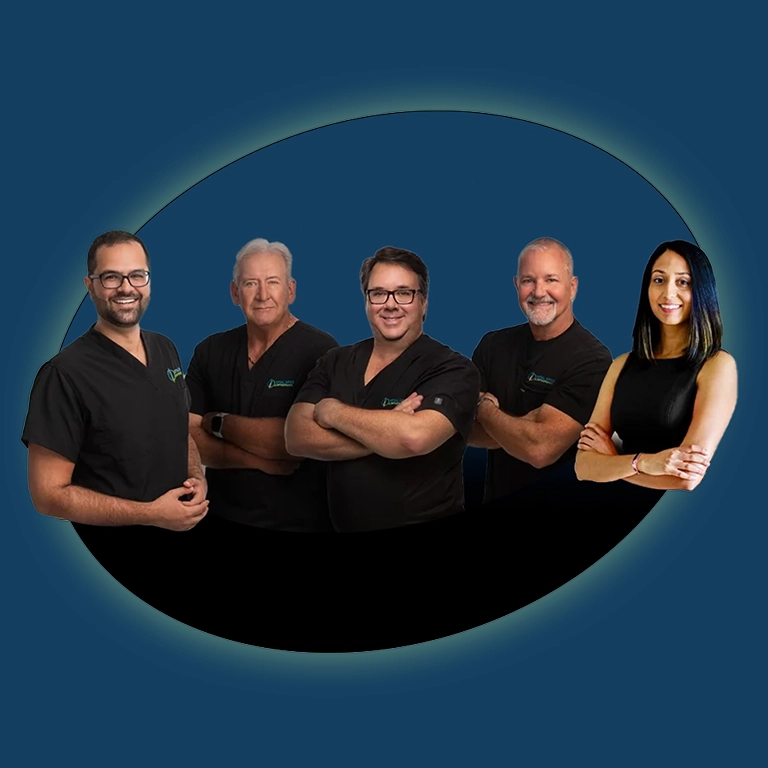Cord Blood Stem Cells: Benefits, Banking & Future Use
Our Team
We are a team of highly specialized spine surgeons dedicated to pioneering the future of spine care.
Share:
Table Of Contents
- What Are Cord Blood Stem Cells?
- Why Bank Cord Blood? Medical Benefits and Uses
- How Cord Blood Banking Works
- Top Cord Blood Banking Providers in the U.S.
- How to Compare Cord Blood Banks: Key Factors
- How Much Does Cord Blood Banking Cost?
- Limitations, Risks, and Ethical Considerations
- Emerging Therapies and Future Applications
- Private vs Public vs Hybrid Banking Options
- How to Choose the Right Cord Blood Bank
- Next Steps: Is Cord Blood Banking Right for You?
- Conclusion
Cord blood stem cells are vital cells collected from the umbilical cord at birth. Containing hematopoietic stem cells (HSCs) and mesenchymal stem cells (MSCs), they play a key role in treating blood disorders through FDA-approved stem cell therapies. With advances in cryopreservation of stem cells, banking cord blood offers families a chance for future medical use, including stem cell transplants and autologous stem cell use. This guide covers everything you need to know about cord blood stem cells and banking.
What Are Cord Blood Stem Cells?
Cord blood stem cells are special cells found in the blood of a newborn’s umbilical cord. These include hematopoietic stem cells (HSCs), which produce blood and immune system cells, and mesenchymal stem cells (MSCs), which support tissue repair and reduce inflammation. Unlike bone marrow stem cells, cord blood stem cells are collected painlessly after birth, posing no risk to the baby or mother.
These cells play a vital role in FDA-approved stem cell therapies and stem cell transplants, treating diseases like leukemia, lymphoma, and other blood disorders. Thanks to advances in cryopreservation of stem cells, cord blood can be stored long-term for future autologous stem cell use or donated to others.
learn more about stem cell therapy :Stem Cell Therapy (BMAC)
Worldwide, more than 40,000 stem cell transplants have used cord blood stem cells, proving their value as a life-saving medical resource.
Why Bank Cord Blood? Medical Benefits and Uses
Banking cord blood stem cells provide access to a valuable source of hematopoietic stem cells (HSCs) used in treating over 80 diseases, including leukemia, lymphoma, and immune deficiencies. These cells support life-saving stem cell transplants and are increasingly studied for regenerative medicine applications.
Stored through cryopreservation of stem cells, cord blood offers families the option of autologous stem cell use—using one’s own cells for future treatments—or allogeneic use as a donor source. Thanks to FDA-approved stem cell therapies, cord blood banking has become a proactive step for health security.
With ongoing research into conditions like cerebral palsy and diabetes, the medical benefits of cord blood stem cells continue to grow, making banking a wise investment for families.
How Cord Blood Banking Works
Collection Process
After a baby is born and the umbilical cord is clamped, the remaining blood in the cord is collected using a sterile kit. This painless procedure takes only a few minutes and poses no risk to the mother or newborn. The collected cord blood stem cells are then sent to the cord blood bank for processing.
Processing & Cryopreservation Methods
At the lab, hematopoietic stem cells (HSCs) and mesenchymal stem cells (MSCs) are separated from the rest of the blood. Many top banks use advanced systems like AXP® or PrepaCyte® for better cell recovery. After processing, the cells are preserved using cryopreservation of stem cells, allowing them to remain viable for decades.
Proper storage ensures that the cord blood can be used later for autologous stem cell use or stem cell transplants, depending on medical need.
Top Cord Blood Banking Providers in the U.S.
Choosing a trusted cord blood bank is essential to ensure the safety and long-term viability of cord blood stem cells. The top U.S. providers are known for high standards in cryopreservation of stem cells, processing technology, and accreditation.
Cryo-Cell International
Cryo-Cell is one of the oldest private banks, offering advanced PrepaCyte® processing and AABB/FACT accreditation. They also guarantee autologous stem cell use with a high cell recovery rate.
Cord Blood Registry (CBR)
CBR is the largest private bank, using the AXP® system to isolate hematopoietic stem cells (HSCs). They store both cord blood stem cells and cord tissue and are involved in FDA-regulated clinical trials.
ViaCord and Others
ViaCord is known for its support of FDA-approved stem cell therapies and access to family-friendly payment plans. Other options, like Americord, also provide flexible storage and transparent pricing.
Always verify accreditations, storage methods, and clinical support when comparing providers.
How to Compare Cord Blood Banks: Key Factors
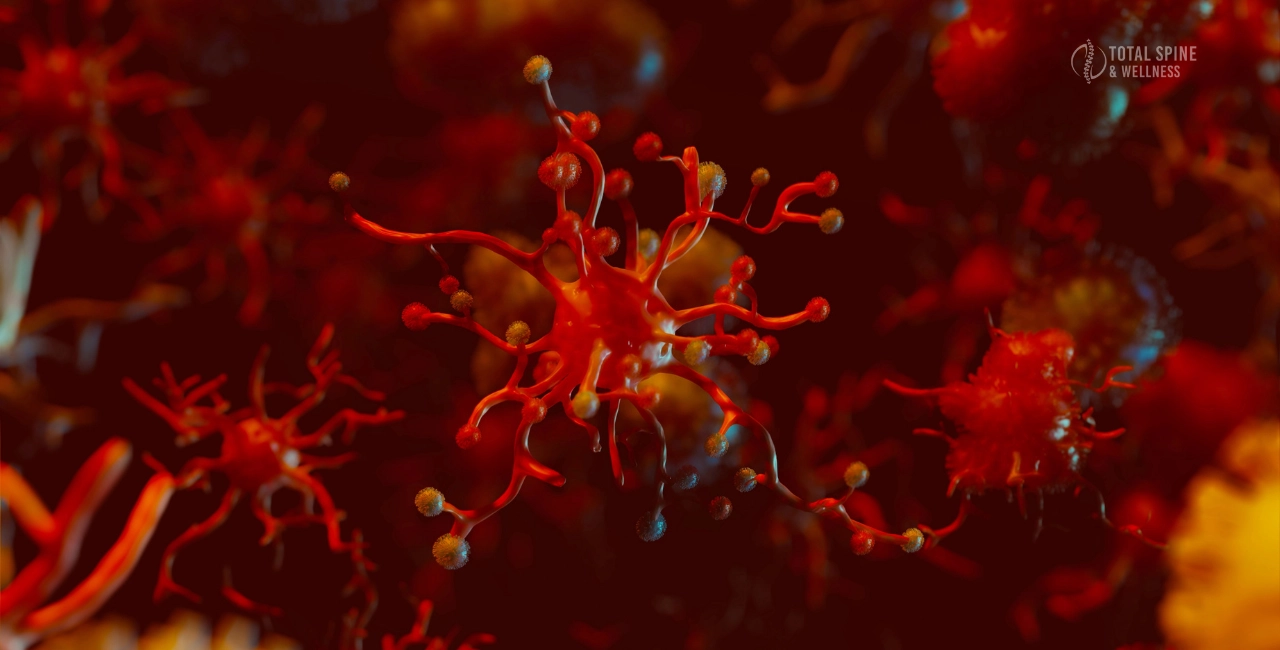
When selecting a provider for cord blood stem cells, it’s crucial to compare banks based on quality, safety, and proven outcomes. Here are the key factors to consider:
Accreditations (AABB, FACT)
Choose an AABB/FACT accredited cord blood bank to ensure strict compliance with quality and safety standards. Accreditation confirms the lab meets international protocols for handling hematopoietic stem cells (HSCs).
Processing Technology (AXP, PrepaCyte)
Look for banks using advanced systems like AXP® or PrepaCyte®, which offer higher stem cell recovery and purity. These technologies improve the effectiveness of stem cell transplant and future autologous stem cell use.
Storage & Viability Rates
Effective cryopreservation of stem cells ensures long-term cell viability. Ask about post-thaw recovery rates—some banks guarantee high success in preserving usable cord blood stem cells even after decades in storage.
How Much Does Cord Blood Banking Cost?
The cost of storing cord blood stem cells varies depending on the provider and storage plan. Families typically pay a one-time collection and processing fee, plus an annual storage fee.
Initial Fees & Annual Storage Costs
We offer affordable and flexible payment options that cover the complete process, including the collection, processing, and cryopreservation of hematopoietic stem cells (HSCs) and mesenchymal stem cells (MSCs). Annual storage plans are designed to be budget-friendly and adaptable to your needs.
Payment Plans and Discounts
Most private banks offer payment plans and long-term packages that lower total cost. Some providers give discounts for storing multiple samples or enrolling in autologous stem cell use programs.
Comparing pricing, quality, and guarantees helps ensure long-term value and access to FDA-approved stem cell therapies if needed.
Limitations, Risks, and Ethical Considerations
While cord blood stem cells offer life-saving potential, they aren’t a cure-all. Understanding their limits is key to making an informed decision.
What Cord Blood Can and Can’t Treat
Currently, FDA-approved stem cell therapies using hematopoietic stem cells (HSCs) can treat over 80 diseases, including leukemia and immune deficiencies. However, cord blood cannot treat all genetic disorders or conditions that may already exist in the newborn, limiting some autologous stem cell use cases.
FDA Oversight and Regulation
The FDA regulates both public and private banks, ensuring safe cryopreservation of stem cells and proper processing. However, not all therapies advertised are FDA-approved, especially in experimental or unproven uses.
Ethically, cord blood collection is non-invasive, but concerns arise around private marketing claims and accessibility for lower-income families.
Emerging Therapies and Future Applications
Research into cord blood stem cells continues to grow, especially in the fields of regenerative medicine and neurological repair.
Regenerative Medicine
Beyond treating blood disorders, mesenchymal stem cells (MSCs) found in cord blood and tissue show promise in repairing damaged tissues, reducing inflammation, and treating conditions like cerebral palsy and autism. These developments are closely related to regenerative techniques such as PRP Therapy , which also promote healing using the body’s own cells.
Clinical Trials
Ongoing clinical trials are exploring new uses of hematopoietic stem cells (HSCs) in autoimmune diseases, Type 1 diabetes, and stroke recovery. Some banks partner with hospitals conducting FDA-regulated studies using cord blood stem cells.
Cord Tissue vs Cord Blood
Cord tissue contains more MSCs, while cord blood is rich in HSCs. Banking both increases future treatment options, especially as FDA-approved stem cell therapies expand.
Private vs Public vs Hybrid Banking Options
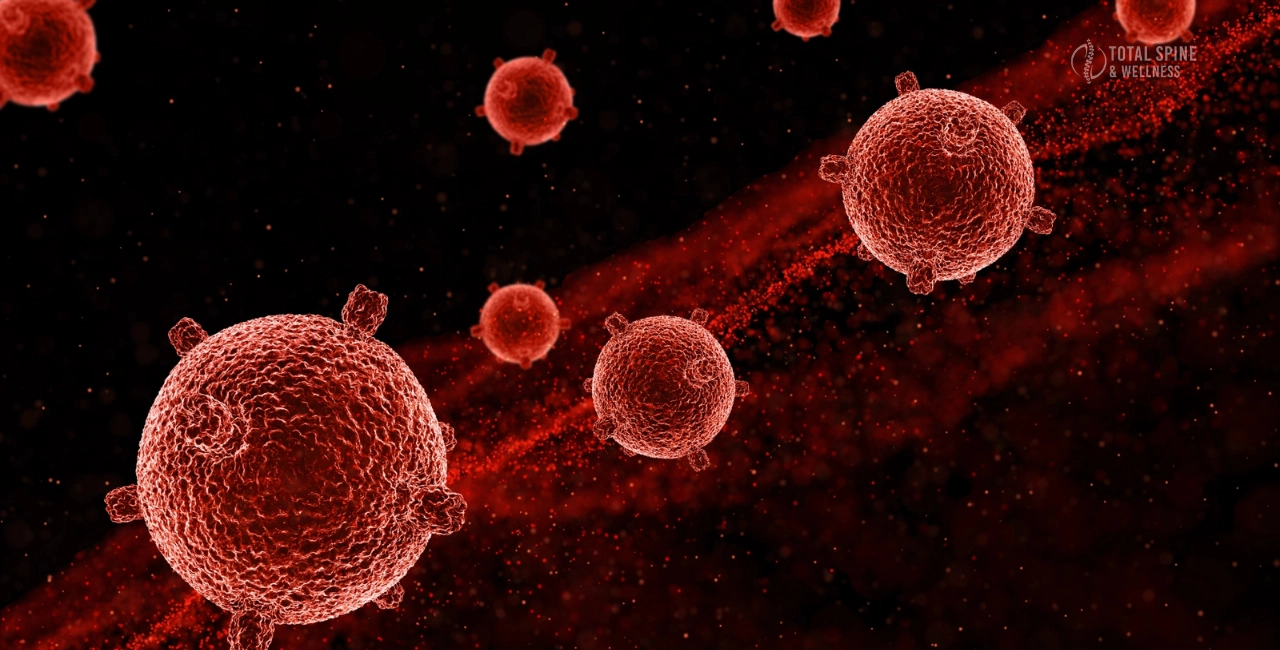
When banking cord blood stem cells, families can choose between private, public, or hybrid storage, each with unique benefits and limitations.
Pros and Cons of Each
- Private Cord Blood Banking allows for autologous stem cell use, giving your child or family members access to stored cells. However, it involves upfront costs and annual storage fees.
- Public Banking is free but you give up ownership. Donated hematopoietic stem cells (HSCs) may be used by others in need or for FDA-approved stem cell therapies.
- Hybrid Banking combines both: part of the cord blood is stored privately, and part is donated.
Which One Is Right for Your Family?
Private banking may be ideal for families with a medical history of treatable conditions, while public donation helps the broader community. Consider cost, family health needs, and the availability of AABB/FACT accredited cord blood banks when deciding.
How to Choose the Right Cord Blood Bank
Selecting the right bank for cord blood stem cells ensures your investment is safe, effective, and ready when needed. Use this quick decision guide to evaluate your options.
Step-by-Step Decision Guide
- Check accreditations – Choose an AABB/FACT accredited cord blood bank.
- Compare processing methods – Look for AXP® or PrepaCyte® systems for higher recovery of hematopoietic stem cells (HSCs) and mesenchymal stem cells (MSCs).
- Evaluate storage protocols – Ensure proper cryopreservation of stem cells with strong post-thaw viability rates.
- Review costs and plans – Compare pricing and flexibility, especially for autologous stem cell use.
Questions to Ask Before Enrolling
- Is the lab FDA-registered?
- What are the shipping and storage procedures?
- Are there any guarantees on stem cell transplant success rates?
Do they participate in FDA-approved stem cell therapies or clinical research?
Next Steps: Is Cord Blood Banking Right for You?


Banking cord blood stem cells is a personal decision that depends on your family’s medical history, budget, and future needs. With the growing use of FDA-approved stem cell therapies, many families choose banking as a form of medical preparedness.
Consultation
Schedule a consultation with Total Spinal Wellness to learn about cord blood banking, cryopreservation of stem cells, autologous stem cell use, storage guarantees, costs, and accreditations like AABB/FACT.
Discuss With Your OB/GYN
Talk to your OB/GYN well before your due date. They can explain the collection process, answer safety questions, and help coordinate with the provider you choose.
Planning ahead ensures your baby’s cord blood stem cells are collected and stored without delay.
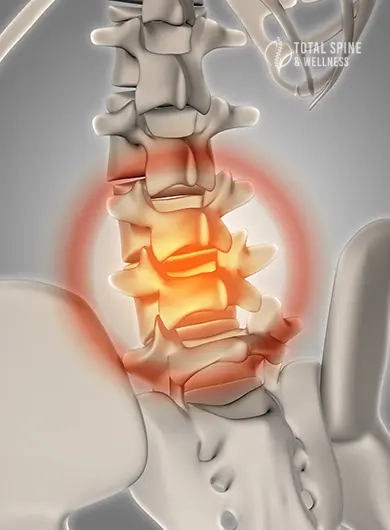
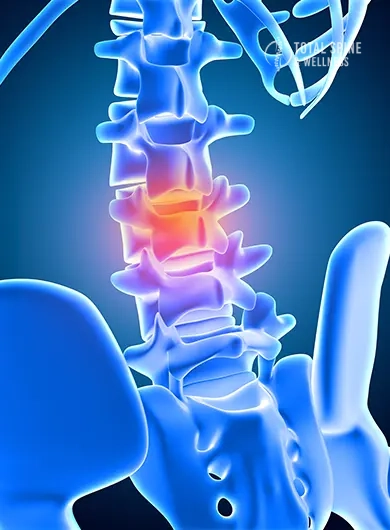
Frequently Asked Questions (FAQs)
1. What are cord blood stem cells used for?
They treat blood disorders like leukemia and immune diseases and have growing use in regenerative medicine and FDA-approved therapies.
2. How is cord blood collected and stored?
Collected painlessly after birth, cord blood is processed and cryopreserved to keep stem cells viable for future use.
3. What is the difference between private and public cord blood banking?
Private banking stores cells for your family, while public donation helps patients worldwide. Both follow FDA regulations.
4. How long can cord blood stem cells be stored?
Cord blood can stay viable for over 20 years through cryopreservation.
5. Is cord blood banking worth the cost?
It’s valuable for families with certain medical histories, offering access to FDA-approved stem cell treatments despite the costs.
Conclusion
Cord blood stem cells offer a unique opportunity to protect your family’s future health. From treating life-threatening conditions with FDA-approved stem cell therapies to exploring new frontiers in regenerative medicine, the benefits are clear.
By understanding the collection process, evaluating costs, choosing an AABB/FACT accredited cord blood bank, and considering autologous stem cell use, you’re equipped to make an informed decision.
This guide gives you a complete, up-to-date overview of the process, risks, and possibilities of banking cord blood stem cells—a resource you can rely on for confident planning.
Ready to experience the healing power of SVF Therapy?
Contact Total Spine Wellness today to schedule your personalized consultation. Our experts will help determine if SVF Therapy is right for you and guide you on your path to natural, long-lasting relief. Don’t wait—take the first step toward better health now!
